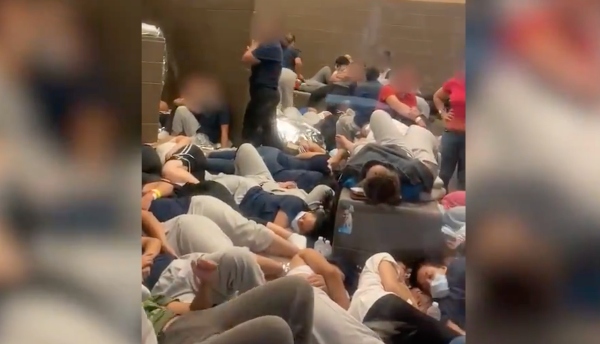
An undersecretary with the Department of Defense (DoD) has said that any reimbursements requested by defense contractors to recoup pandemic-related expenses will have to wait until next year. Ellen Lord, defense undersecretary for acquisition and sustainment, told the public about this update alongside the reimbursement process for defense contractors during a Sept. 16 briefing.
A new federal stimulus package proposed by Senate Republicans in July allocated about $11 billion as reimbursement for expenses incurred by defense companies throughout the pandemic, including paid or sick leaves granted to employees unable to access federal facilities. However, Senate Democrats criticized this new package, saying that the defense allocations were of no help to Americans weathering the effects of the coronavirus pandemic.
Lord explained during the public briefing that no matter what amount for coronavirus reimbursement is approved by Congress, it would take the Pentagon about five to six months to distribute those found. She added that the department wanted to “look at all of the proposals at once” and determine “using the rules we’ve set in place” the things subject to reimbursement.
When asked about the tab for pandemic expenses incurred by defense contractors from March 15 to Sept. 15, she gave an estimate of “between $10 and $20 billion.”
Defense spending is still important to “maintain readiness” despite a pandemic
Lord defended the need for budgetary allocations for defense during the public briefing. “We believe that we need that appropriation to maintain readiness. If we do not get that … we are not going to get the number of units delivered, we are not going to maintain warfighter readiness [and] we are not going to move forward in modernization.”
In July, deputy defense undersecretary Alan Shaffer informed Congress that the Pentagon needed “somewhere around $10 billion” to aid defense contractors affected by the coronavirus. According to Section 3610 of the CARES Act passed in March, defense companies are entitled to reimbursements on the money they used to keep their operations going. However, Congress did not name an amount to set aside for this purpose.
The ongoing coronavirus pandemic has impacted defense companies in different ways. Some companies, such as Lockheed Martin and Northrop Grumman have been able to withstand the pandemic better due to their contracts with the Pentagon. Meanwhile, defense companies with commercial businesses such as Boeing and Raytheon have been harder hit – with airlines canceling orders for new planes given the decline in air travel.
In a DefenseNews report from March of this year, Paul Scharre of the Center for a New American Security (CNAS) said that companies predominantly leaning towards defense could likely continue generating revenue during the pandemic. However, Scharre warned of laws mandating business shutdowns as “the real source of disruption” for the industry.
Scharre’s March prediction eventually came true as several overseas manufacturing plants supplying U.S. weapon makers either closed or downsized in response to the pandemic. Last April, Lord said she would write to Mexico’s Foreign Secretary asking for help “to reopen international suppliers” in the country.
Defense factories in the U.S. also cut down on their operations due to the coronavirus pandemic’s impact. Aircraft manufacturer Boeing was forced to stop military manufacturing in Washington and Pennsylvania. However, other factories located in major cities in these states resumed operations – albeit limited.
Lockheed Martin, another aircraft manufacturer, said in May that it will temper down the production of F-35 military fighter jets at its Texas location. A shortage of vital parts for the jets brought about by coronavirus lockdowns prompted the reduced production rate. The fighter jet’s assembly facilities in Japan and Italy were hard hit by the coronavirus.
Find out more news about the Pentagon’s bailout of its defense contractors amid the ongoing coronavirus pandemic at NationalSecurity.news.
Sources include:
Please contact us for more information.





















